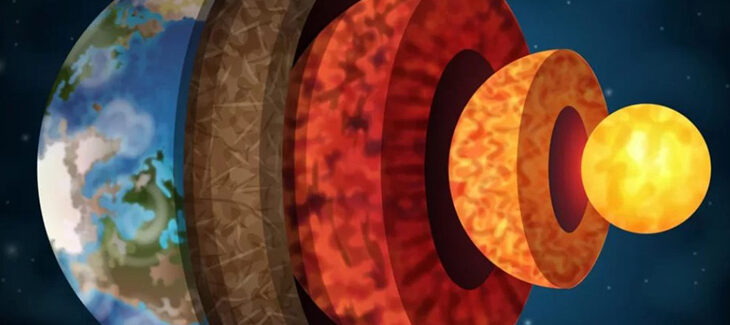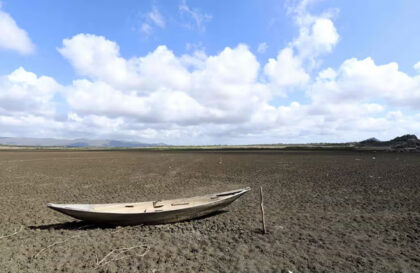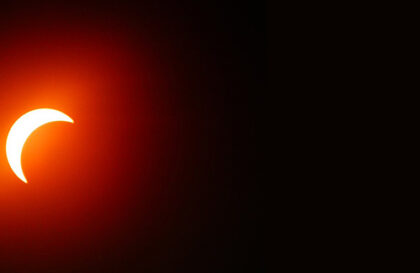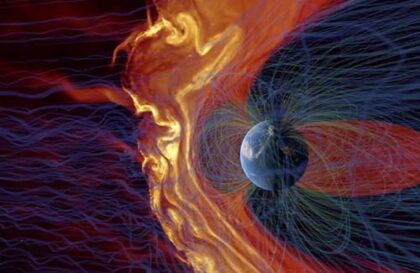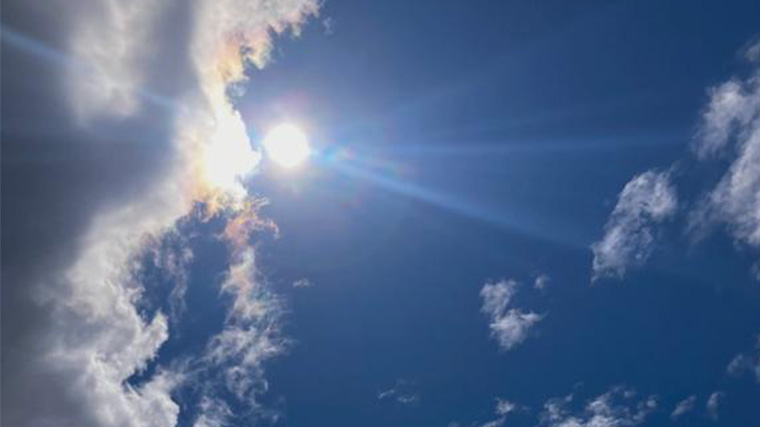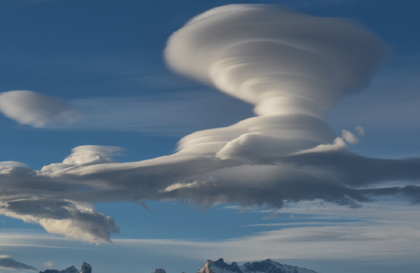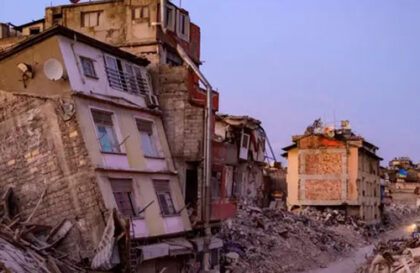The lithosphere is the part of the Earth’s structure that lies between the atmosphere above and the asthenosphere below. The lithosphere consists of the earth’s crust and the solid outer layer of the upper mantle. The thickness of the lithosphere varies, and it extends to a depth of about 60 miles (100 km). The lithosphere is broken into about a dozen separate solid blocks or plates. These plates are thought to move sideways at a rate of several inches per year due to slow convection currents deep in the mantle.
Various geological phenomena and processes can occur when the tectonic plates of the Earth’s lithosphere run into each other.
Some plates can undergo compression and rise above each other, resulting in the formation of mountain chains. The most famous example is the Himalayas, formed due to the junction of the Indian plate with the Eurasian plate.
Earthquakes may occur.
Plate collisions can also lead to volcanic activity. When one lithospheric plate sinks beneath another (a process known as subduction), this can cause material in the lithospheric material to melt, which can flow to the surface as lava and lead to the formation of volcanoes.
Credit: Wikipedia
When one lithospheric plate subducts under another, it can lead to the formation of oceanic depressions. These deep deposits may be the deepest parts of the ocean floor.
The separation of tectonic plates can lead to the formation of new oceanic crust in the flat areas between the plates. This process is known as “ocean expansion.” The most prominent example is the mid-ocean ridge. When the tectonic plates of the Earth’s lithosphere diverge, this can lead to the following consequences:
The formation of fault valleys, where lithospheric plates diverge along fault lines. These faults can be filled with water and form lakes or seas.
Plate divergence can contribute to volcanic activity.
Over time stresses in the Earth build up (often caused by the slow movements of tectonic plates). At some point the stresses become so great that the Earth breaks. An earthquake rupture occurs and relieves some of the stresses (but generally not all). Credit: BGS ©UKRI.
Movements of tectonic plates during divergence can be accompanied by earthquakes, especially along faults.
Some continents may be formed due to the separation of tectonic plates. For example, Africa diverges from South America.
The difference of the Earth’s lithosphere from other planets
The lithosphere differs in its composition from other planets. It is divided into two types: oceanic lithosphere and continental lithosphere. The oceanic lithosphere consists of basaltic rocks, denser than the continental lithosphere, which consists of granitic rocks. The oceanic lithosphere is associated with mid-ocean ridges, where seafloor spreading occurs, while the collision of two tectonic plates forms continental lithosphere. The sea floor is divided into several separate plates, each consisting of the earth’s crust and the upper part of the mantle. The lithosphere is underlain by the asthenosphere, which is a weaker, hotter, and more tensile layer of the upper mantle. The upper mantle layer is about 100 km thick and consists of hard rock in a semi-plastic state that can flow slowly.
The lithosphere comprises eight essential elements: oxygen, silicon, aluminum, iron, calcium, sodium, potassium, and magnesium. The share of these elements in the lithosphere usually exceeds 98%, usually in mineral form.
Metallic minerals such as copper and iron are also found in the lithosphere. The boundary that marks this change in chemical composition is known as the Mohorowicz discontinuity (or Moho discontinuity).
The Earth’s lithosphere contains silicate minerals, such as quartz, feldspars, and pyroxenes, which consist mainly of silicon, oxygen, aluminum, and other elements. The Martian lithosphere also contains silicate minerals, but its chemical composition may vary, as Martian geology may have its characteristics. Mars is considered to be less geologically active and has traces of older geological activity. On the contrary, Mercury has lost its geological activity for billions of years, and its lithosphere has remained practically unchanged.
Mars may have a thinner lithosphere because the planet is more minor and has less mass.
Surface features of the lithosphere of Earth and Mars include mountains, valleys, craters, volcanoes, rivers, and other landforms. They may have similarities, but they also differ in size, shape, and evolution due to the differences in the geological history of the two planets.
Mercury has unique landforms, such as large craters and rock features, but no water systems or lakes.
Banner image: Freepik/ Author @pikisuperstar
Image credit:
https://www.freepik.com
https://en.m.wikipedia.org
https://www.bgs.ac.uk
